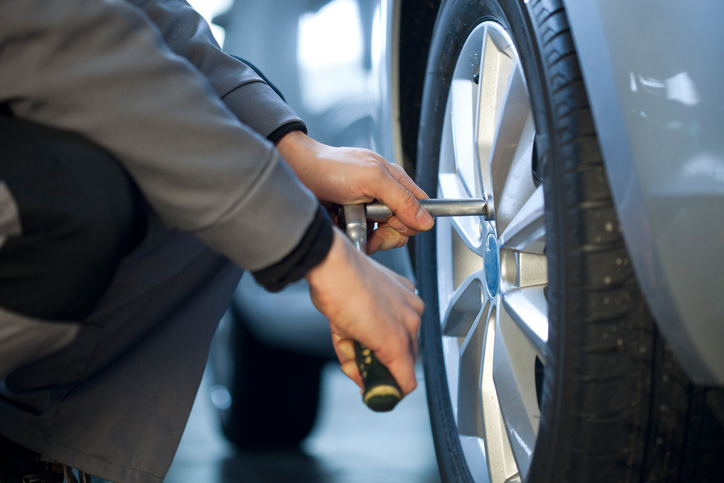Vehicles require all kinds of maintenance to keep them safe to drive for everyone on the roads. While your tires do technically rotate every time you drive, that’s not the kind of rotation needed to keep them wearing evenly and keep your vehicle running smoothly.
Moving your tires from one wheel to another is called rotating your tires. Usually, they’re rotated in a pattern, so that they always move from one spot to the next – usually from back to front, side to side, or diagonally. Depending on whether you have front wheel drive, rear wheel drive, or four-wheel drive, your tires may need to be rotated in different patterns.
How Do I Know My Tires Need Rotated?
Noises
Usually, tires should be rotated on a regular basis. The more you drive, the more wear down your tires, and the more often they’ll need to be rotated. You may notice a noise coming from the tires when it’s time to have them rotated.
Physical Inspection
Vehicles with front wheel drive tend to wear faster on the front tires, while rear wheel drive vehicles wear faster in the back. With four wheel drive, tires tend to wear more evenly, but may be different on the right and left sides. If you inspect your tires, you may notice a difference in wear between tires on different parts of the car, or even on different sides of each tire.
Shaky Steering
Steering can affect the way that tires wear in the front of any vehicle. Shaky steering is often one of the easiest signs that it’s time to rotate the tires. If you notice unusual vibrations in your steering wheel, it’s time to take your vehicle to the repair shop.
Why Rotate My Tires?
More than anything, tire rotation helps ensure that the tires wear evenly. So, why is this important?
Most importantly, rotating your tires and keeping the wear even helps keep your vehicle safe. The tires need a certain amount of tread in order to safely grip the road, especially in rain, snow, ice, or other risky conditions. The tread helps you maintain control of your vehicle. Rotating your tires keeps the wear even so that the tires can grip the road.
Because uneven wear can cause the steering wheel to vibrate, getting a regular tire rotation help keep the steering steady and so you can maintain control of your car.
Rotating your tires extends the life of your tires so that you don’t have to replace them as often. Because they wear more in certain positions, they will wear more evenly, last longer, and save you money on car repairs.
